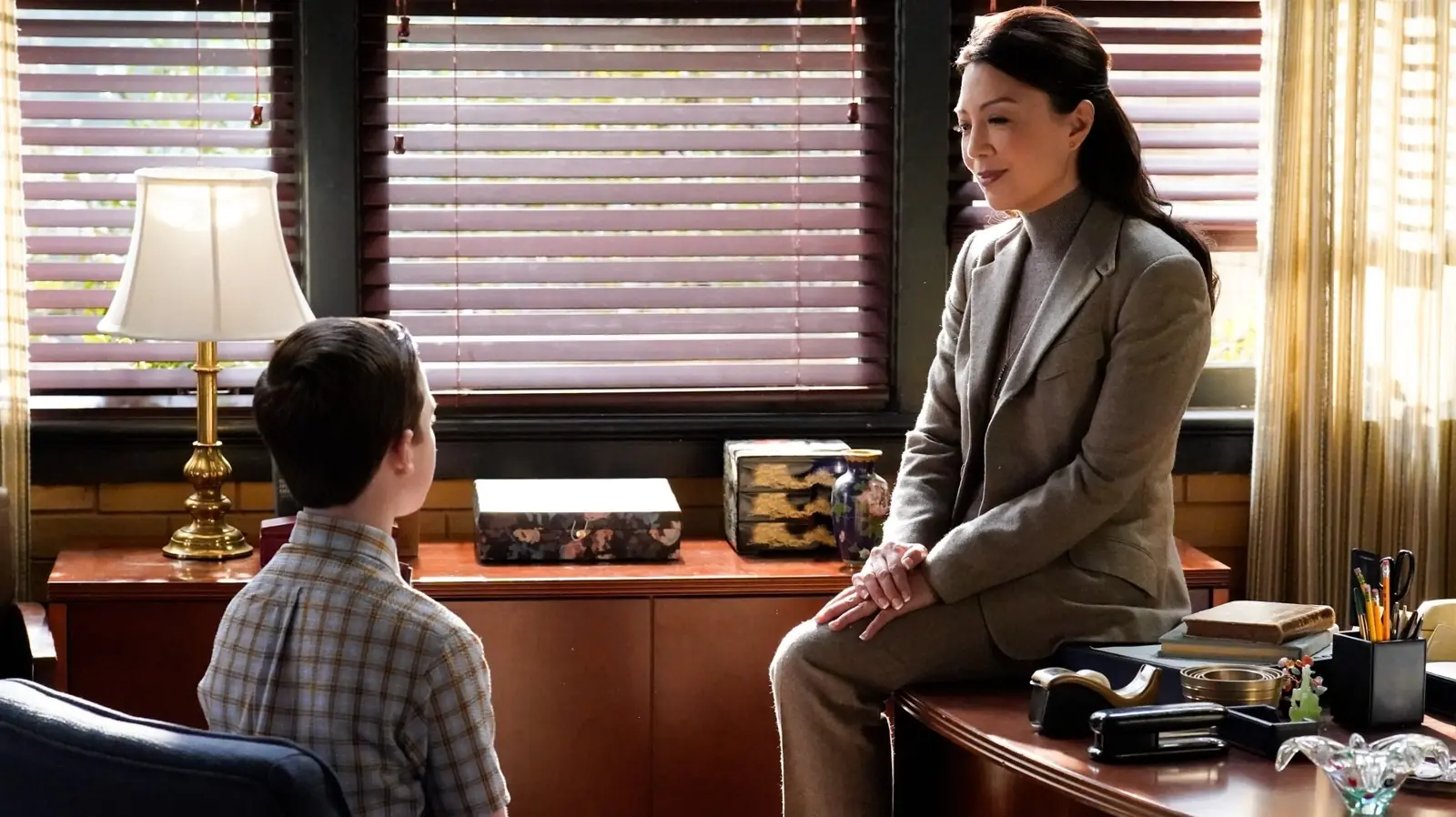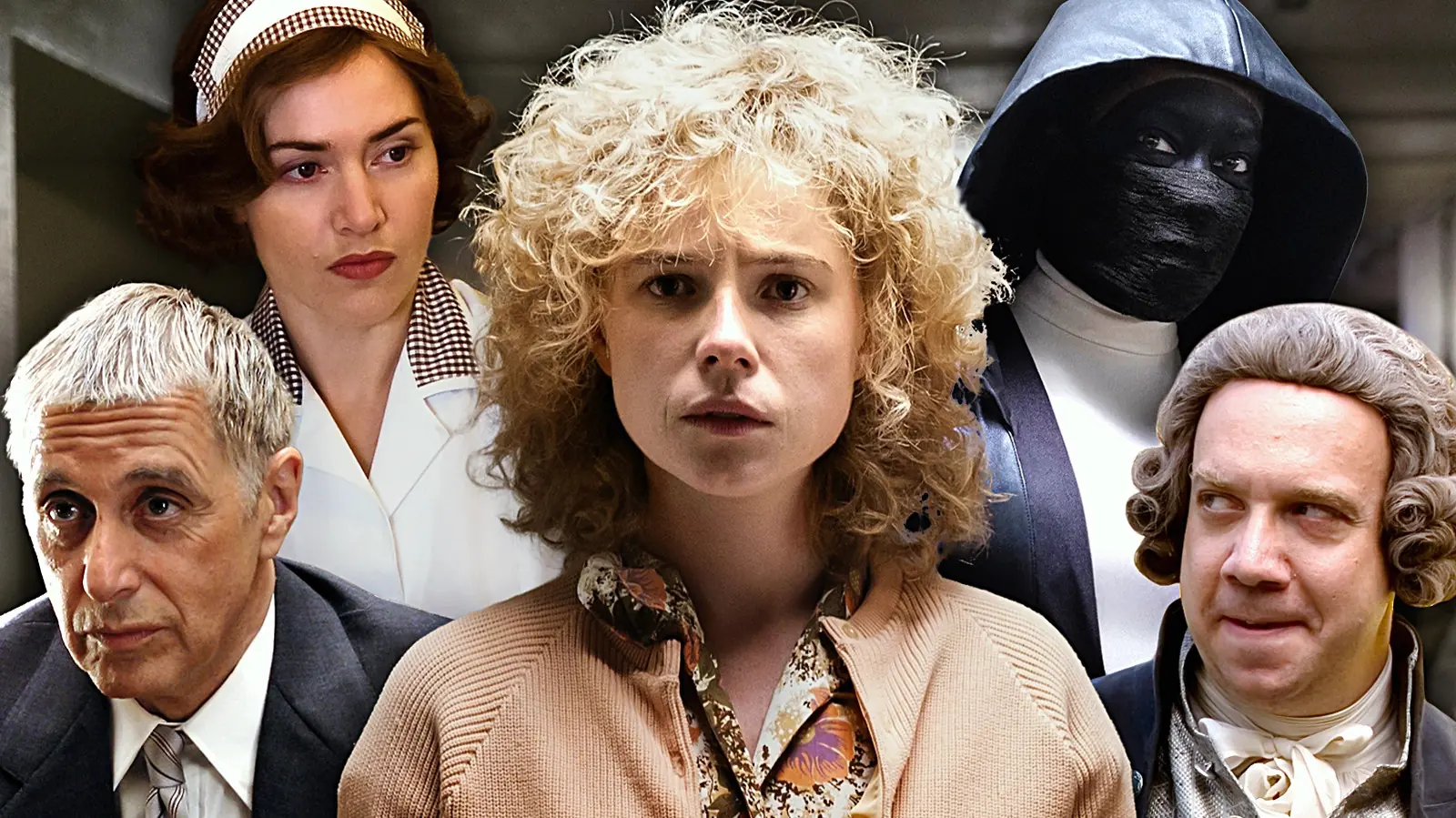In the realm of television, certain guest appearances are more than just simple cameos; they serve as delightful Easter eggs for fans keen enough to spot them. In the case of “Young Sheldon,” the spin-off prequel to the immensely popular “The Big Bang Theory,” one such meticulously placed cameo has become a topic of intrigue. A certain actress from the world-renowned sci-fi series “Stargate” found her way onto the “Young Sheldon” set, adding a layer of meta-humor and nostalgia that fans of both series can appreciate.
Young Sheldon Cooper, portrayed by the talented Iain Armitage, is well-known for his genius-level IQ and precocious nature. More than just a child prodigy, Sheldon shows an insatiable appetite for the sciences, matched only by his love for science fiction shows and movies. This particular trait of Sheldon was not only a significant aspect of his character on “The Big Bang Theory,” played by Jim Parsons, but also provides for continuous, subtle narratives in “Young Sheldon”.
Given Sheldon’s appreciation for sci-fi, incorporating cast members from iconic sci-fi series came as an imaginative way to weave influences of science fiction into the fabric of “Young Sheldon.” Fans who closely follow sci-fi franchises would have noticed the appearance of a familiar face on “Young Sheldon”: Amanda Tapping, renowned for her role as Samantha Carter on the science fiction series “Stargate SG-1.”
Amanda Tapping’s involvement in “Stargate SG-1” spans over a decade, where she portrayed an astrophysicist and Air Force officer who was an integral part of the Stargate program. Her character’s combination of scientific intellect and bravery made Samantha Carter a beloved fixture in the world of sci-fi television. When Tapping stepped into “Young Sheldon,” fans who cherished “Stargate SG-1” recognized an amusing crossover that simultaneously acknowledged both the science and science fiction universes.
The decision to include Tapping in “Young Sheldon” was more than just casting an actress for a role—it was a calculated nod to a shared affinity for science and the fantastical, much like Sheldon’s own. While Tapping did not reprise her character from “Stargate” on this occasion, her transition into the world of Sheldon Cooper was both a surprise and a joy for fans who appreciated the rich, woven tapestry of genre television.
It’s worth mentioning that “Young Sheldon” is not solely focused on the humorous incidents of a young genius navigating childhood. The show draws upon Sheldon’s immense love for learning and his unwavering fascination with the stars—both as a science and a fictional domain. By featuring someone like Amanda Tapping, the show cleverly links Sheldon’s storyline to the wider cosmos of beloved sci-fi media.
This cameo, albeit brief, underscores a playful continuity between “Young Sheldon” and the larger legacy of science fiction. In a way, it pays homage to the culture and community that shows like “Stargate SG-1” fostered, highlighting the seamless blend of entertainment and education that science fiction often encapsulates.
However, the charm of such appearances extends beyond simple nostalgia. They highlight a universal truth about fans and fandoms: the joy that comes from spotting connections across different narratives. “Young Sheldon,” through these intuitive connections, celebrates not just the characters within its script but the legion of fans who bring them to life through shared enthusiasm and imagination.
This approach to storytelling is a testimony to the intricate craft behind both “Young Sheldon” and “The Big Bang Theory.” Both shows manage to capture the essence of what it means to be a fan—finding delight in the universes created and thriving on the intersections that connect them. Amanda Tapping’s cameo is a gentle nod to those who see beyond the screen, acknowledging the tireless devotion of fans who stitch together bits from their favorite shows, creating coherent universes in their own minds.
The inclusion of cameos from actors like Amanda Tapping also enriches the viewing experience by offering layers that cater to viewers of all types—those who watch passively and those who engage actively with the content they consume. This layered storytelling not only embellishes individual episodes but also contributes to the show’s richness over its entire run.
For those who missed her appearance or may not immediately recognize Amanda Tapping amid her transition from Colonel Carter to her role in “Young Sheldon,” it serves as an invitation to delve deeper, perhaps even revisiting “Stargate SG-1” for a dose of nostalgic wonderment. After all, science fiction thrives not just in the stories it tells but in the connections it builds with its audience across time and space.
In conclusion, Amanda Tapping’s cameo in “Young Sheldon” exemplifies the clever and playful storytelling that both respects and elevates the science fiction genre. It’s an acknowledgment of a rich heritage that has continually inspired inquisitive minds like Sheldon’s. Her inclusion in the show resonates deeply with fans of both “Stargate SG-1” and “Young Sheldon,” reminding viewers of the shared joy in stories where science and imagination collide, transforming fiction into something wonderfully real.






